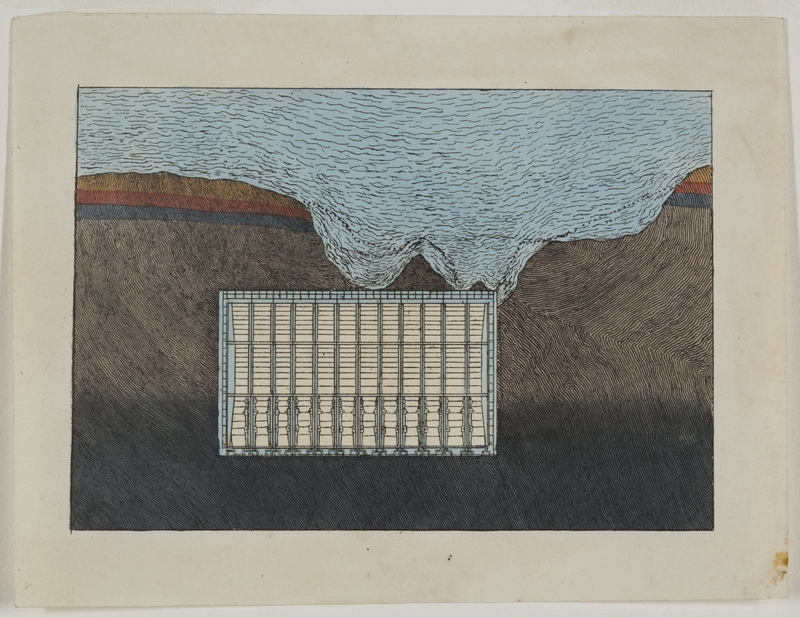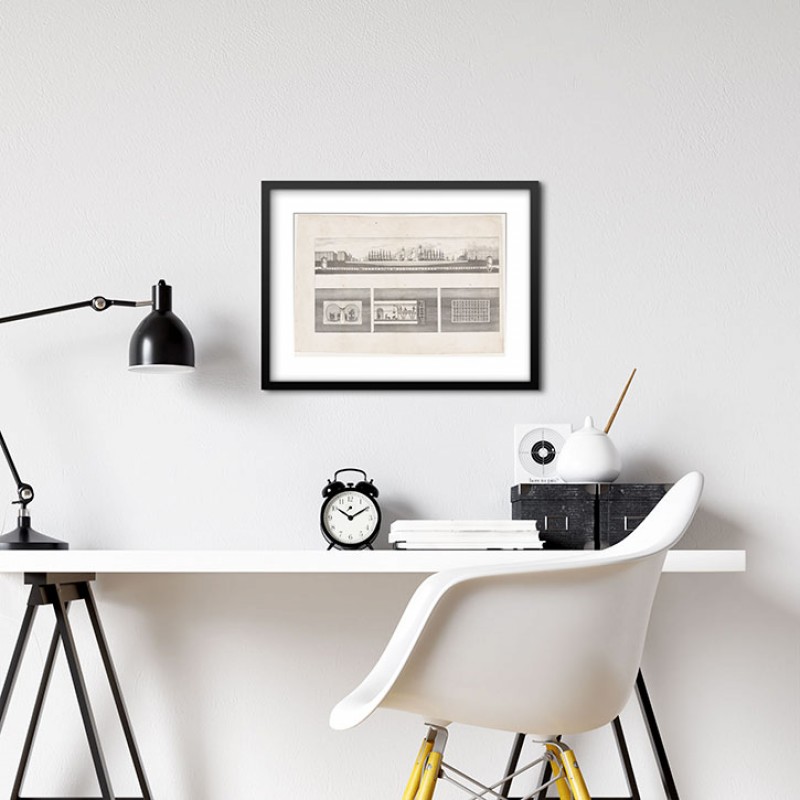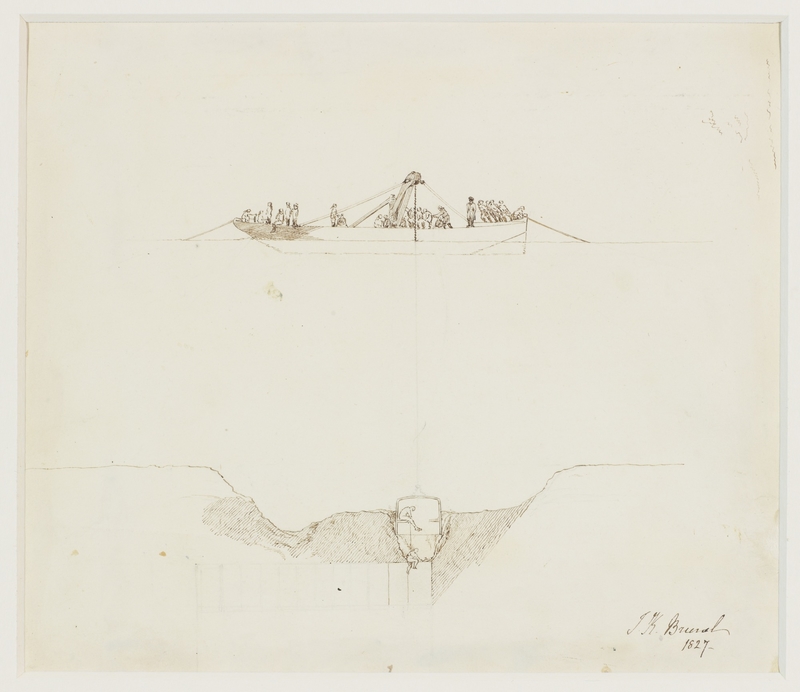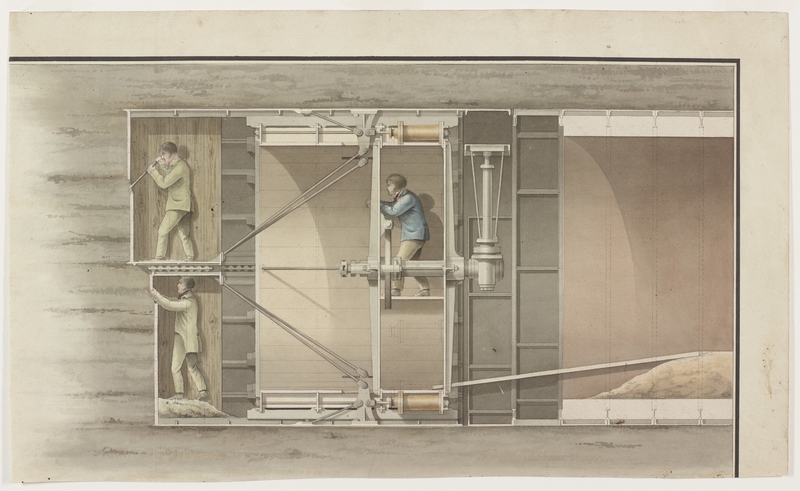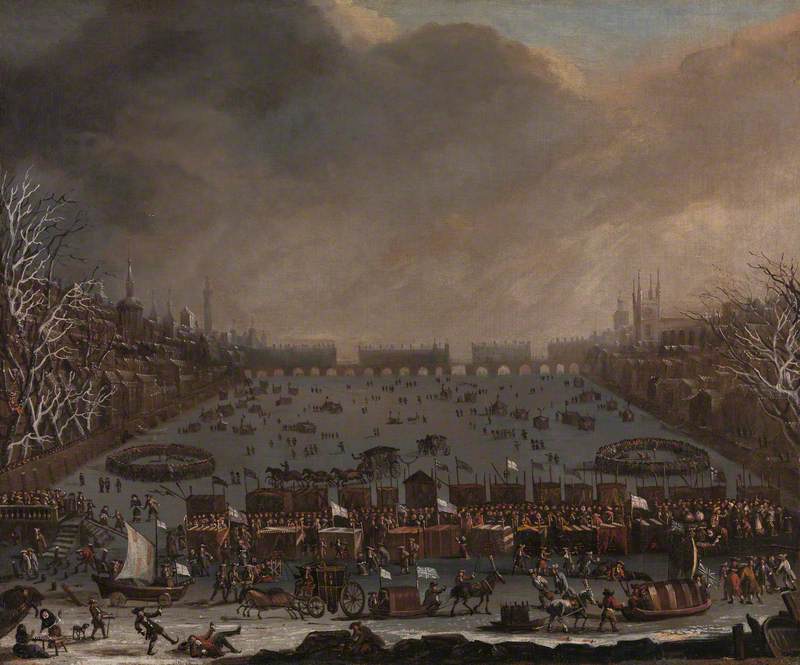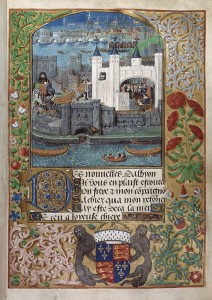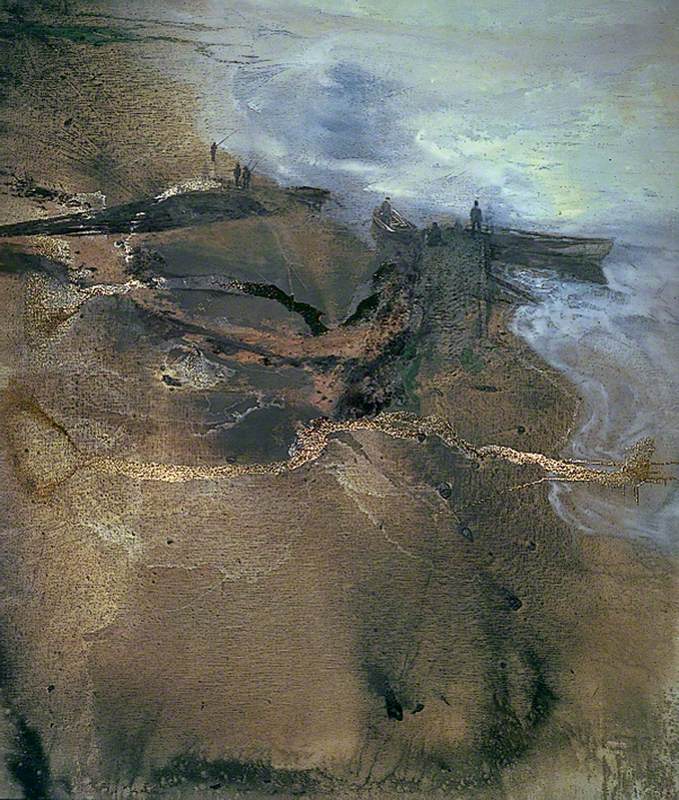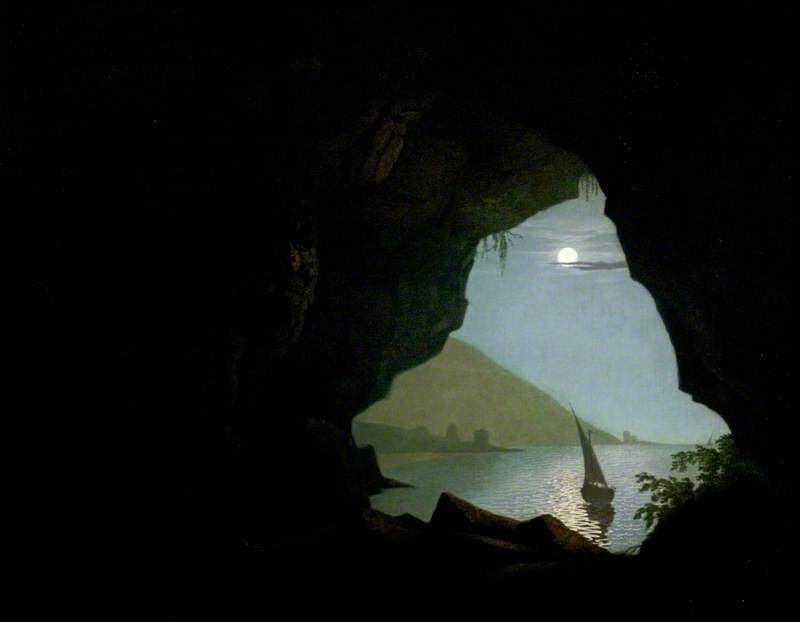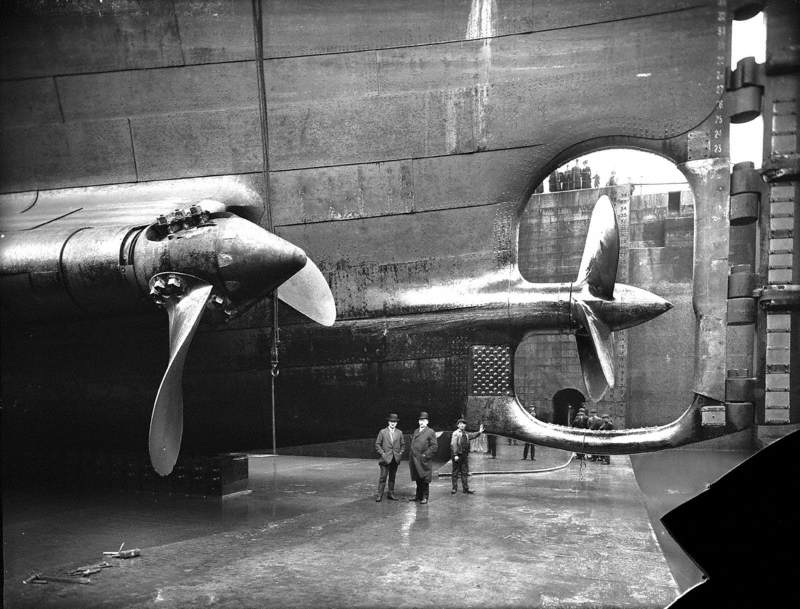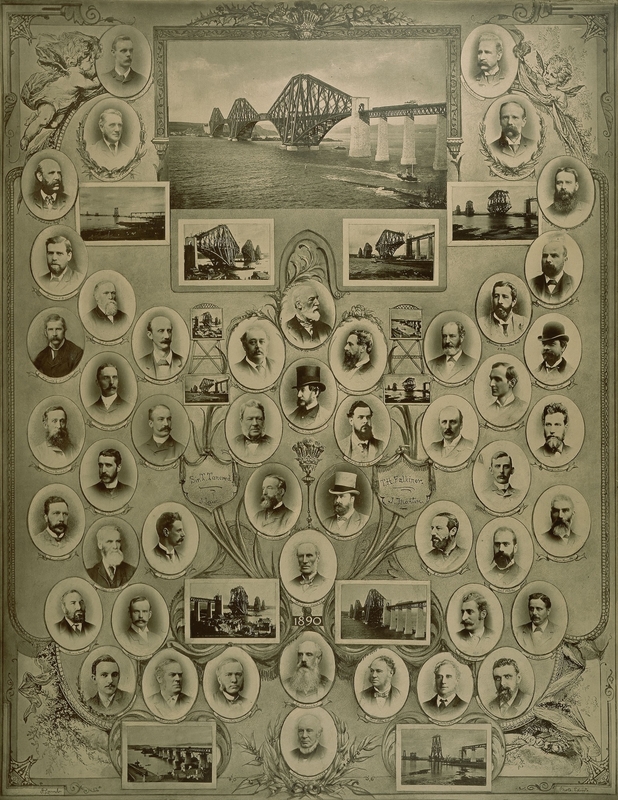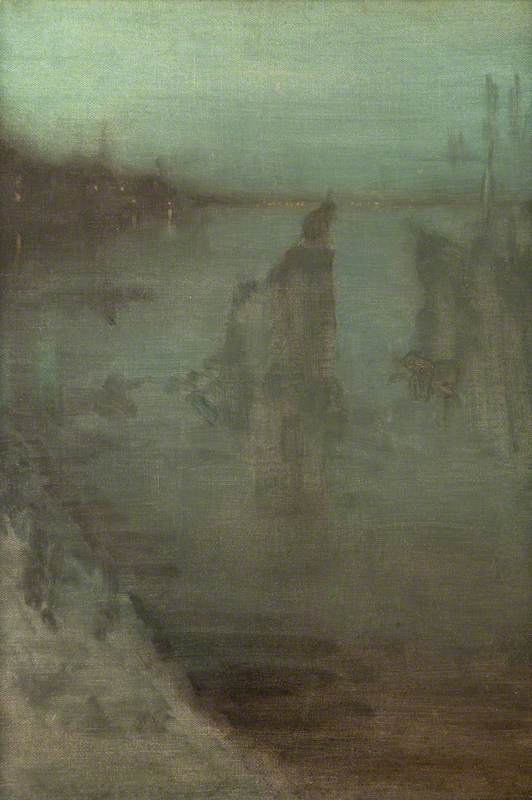The Brunel Museum, in the London Borough of Southwark, celebrates the story of the building of the Thames Tunnel – the first tunnel built underneath a river anywhere in the world. The Museum displays are housed within the engine house – a scheduled ancient monument – and the adjacent 15-metre-deep tunnel shaft is Grade II* listed.
Longitudinal Section Showing the Rotherhithe Shaft with the First Section of Tunnel Constructed
1826
unknown artist 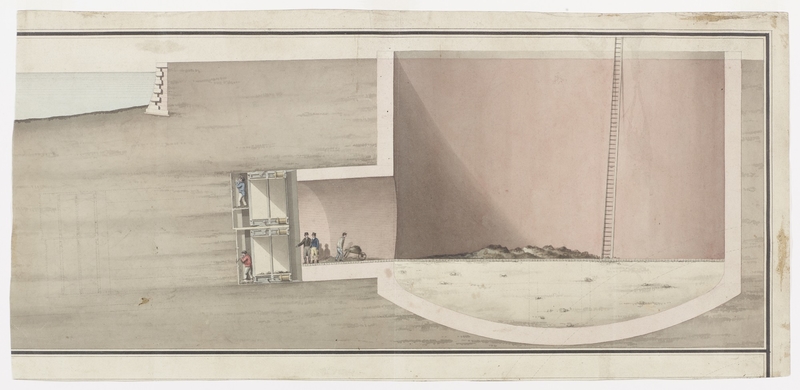
The Thames Tunnel watercolours are a series of images, hand drawn and coloured by Marc Brunel and his son, Isambard, during the construction of the Thames Tunnel. They showcase both the Brunels' unparalleled technical expertise and the surprising artistic skill that went into the Tunnel's creation between 1825 and 1843. Now, all 30 of those prints are available to purchase as reproduction prints through a new collaboration with Art UK's print-on-demand service: the Art UK Shop.
Framed print of 'Section of Tunnel with Overlay'
1825–1827, watercolour by Joseph Pinchback (active 1812–1831) 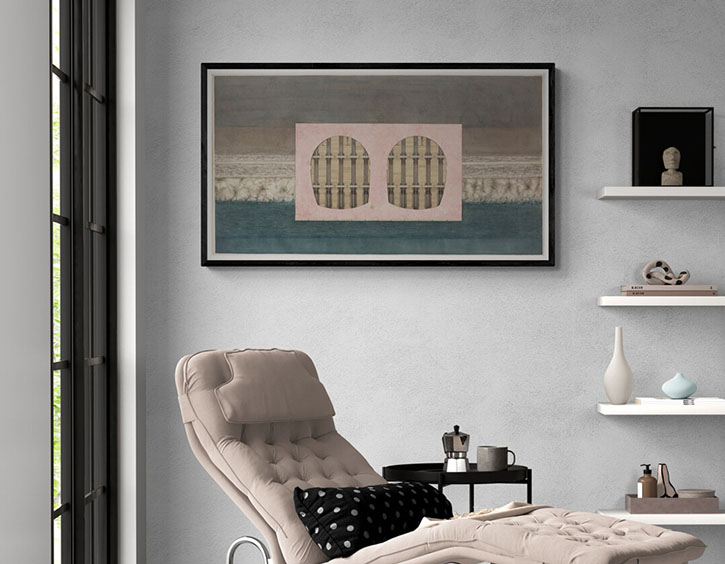
Exceptional for their beauty, artistic merit and technical detail, the drawings have been described as the most important Brunel collection ever to enter the public domain, giving insight into the development of a world-changing design that was to change the lives of city dwellers forever.
The watercolours were acquired at auction by The Brunel Museum in 2017, thanks to the generosity of the National Heritage Memorial Fund, Art Fund, V&A Purchase Grant Fund and Friends of the National Libraries. Since the watercolours were acquired by The Brunel Museum in 2017, they have been in storage. Last year, the Museum ran a successful crowdfunding campaign to raise funds to purchase a bespoke, safe, archive-quality case to allow us to display the Thames Tunnel watercolours onsite.
The drawings were prepared or overseen by Marc Isambard Brunel (1769–1849), during the most important phase of his career as one of Britain's greatest and most innovative civil and mechanical engineers. Helping him too was his famous son Isambard Kingdom Brunel (1806–1859), just starting his career, and other talented draughtsmen in the Brunel office. You can learn more about the original artworks in the following video.
Construction of the Thames Tunnel was only made possible by the invention of Marc Brunel's tunnelling shield (patented in 1818) which supported the unstable excavating face and protected the workmen. The shield – 38 feet wide by 22 feet high, containing 36 cells in twelve frames over three levels – became the prototype for all future shield construction. The Thames Tunnel is 1,200 feet long and was dug in four-inch strips by men working in cages. The tunnelling shield was inspired by the shipworm that eats through the wooden timbers of ships with its head protected by a hard shell.
Marc Brunel's Thames Tunnel boring machine is the ancestor of the vast machines of today, such as the machinery that built Crossrail, the Thames Tideway Tunnel and other projects worldwide. These slow-moving underground factories that honeycomb our cities are automated developments of Brunel's prototype drawings.
This fascinating archive reveals how Marc Brunel progressed from the gathering of knowledge and experience to confident experimentation with an entirely new construction technique that has changed the course of civil engineering. The designs show, in great detail, the miners and bricklayers working in the world's first tunnel-boring machine.
Framed print of 'Longitudinal Section of Part of Thames Tunnel'
1837, watercolour by R. P. (active 1837) 
All of the images can be ordered as unframed or framed prints, with a variety of framing options, through the Art UK Shop. The Art UK Shop directly supports public collections – the museums and galleries that exist up and down the country. All the money from sales goes directly back to collections to support the vital work they do around object care, public engagement programmes and learning. Each month a growing number of collections are joining the shop, making this a diverse community of art institutions.
The Brunel Museum
